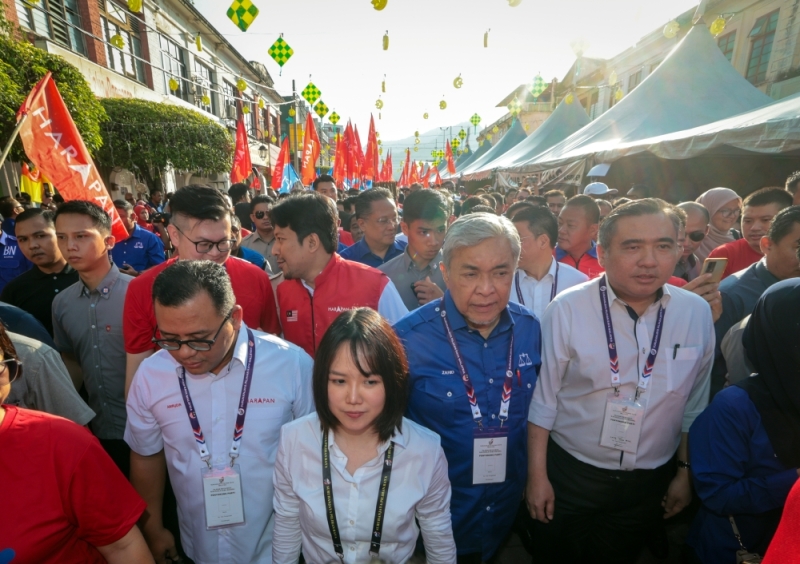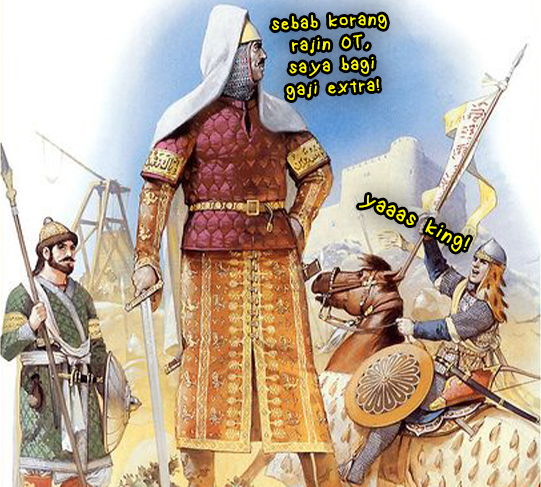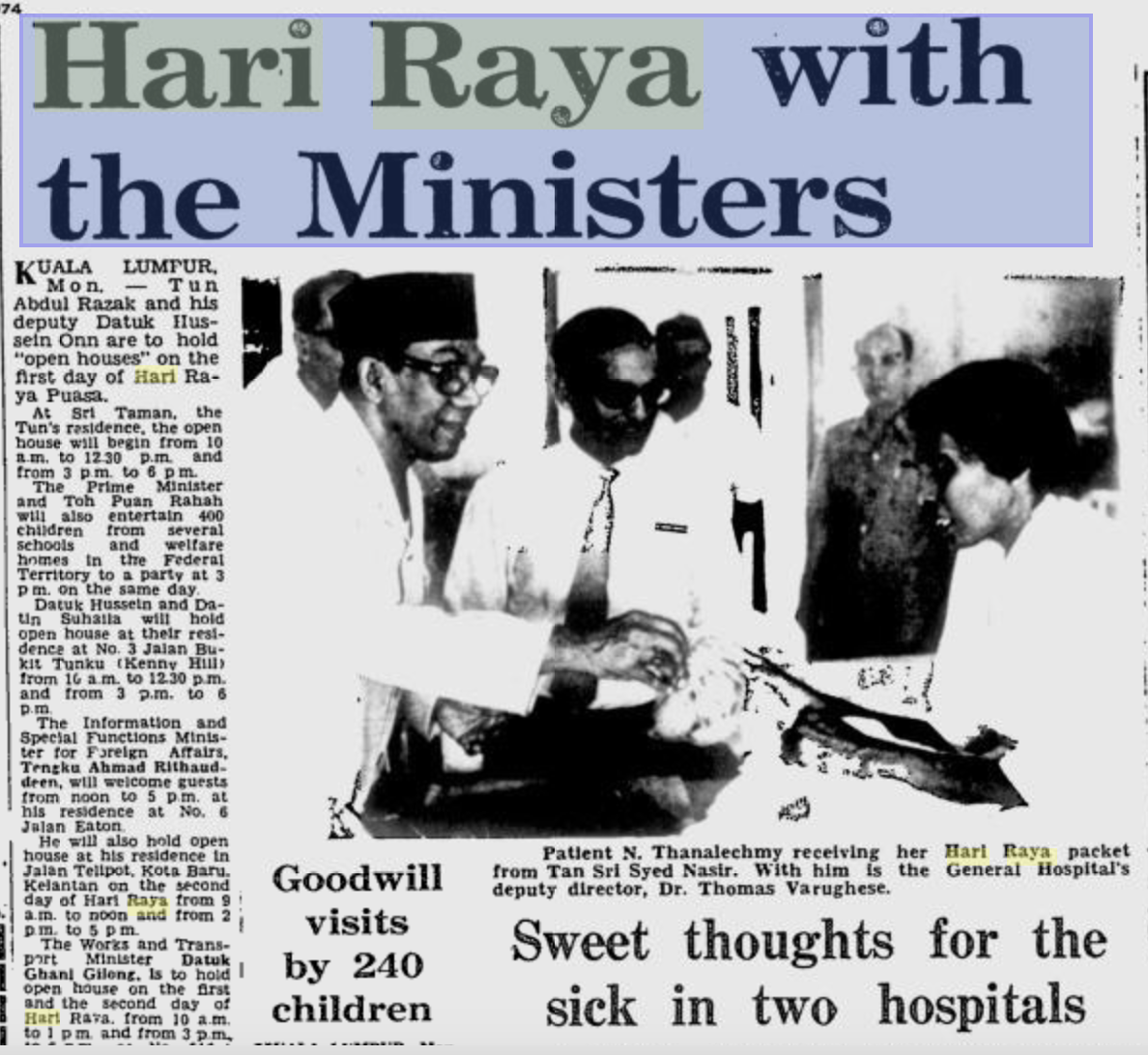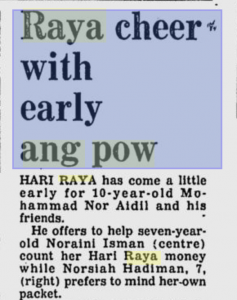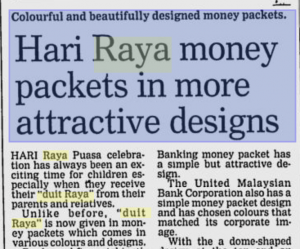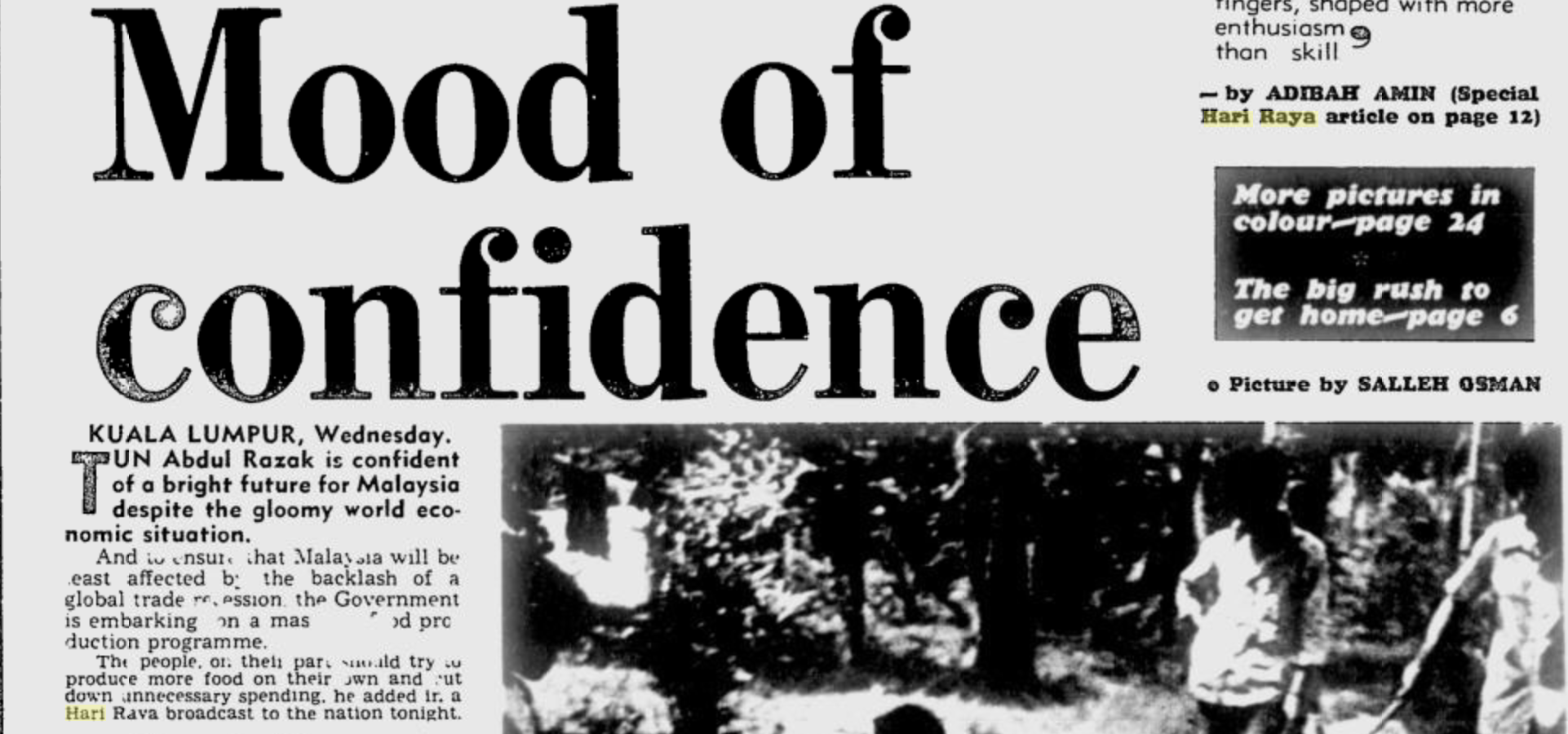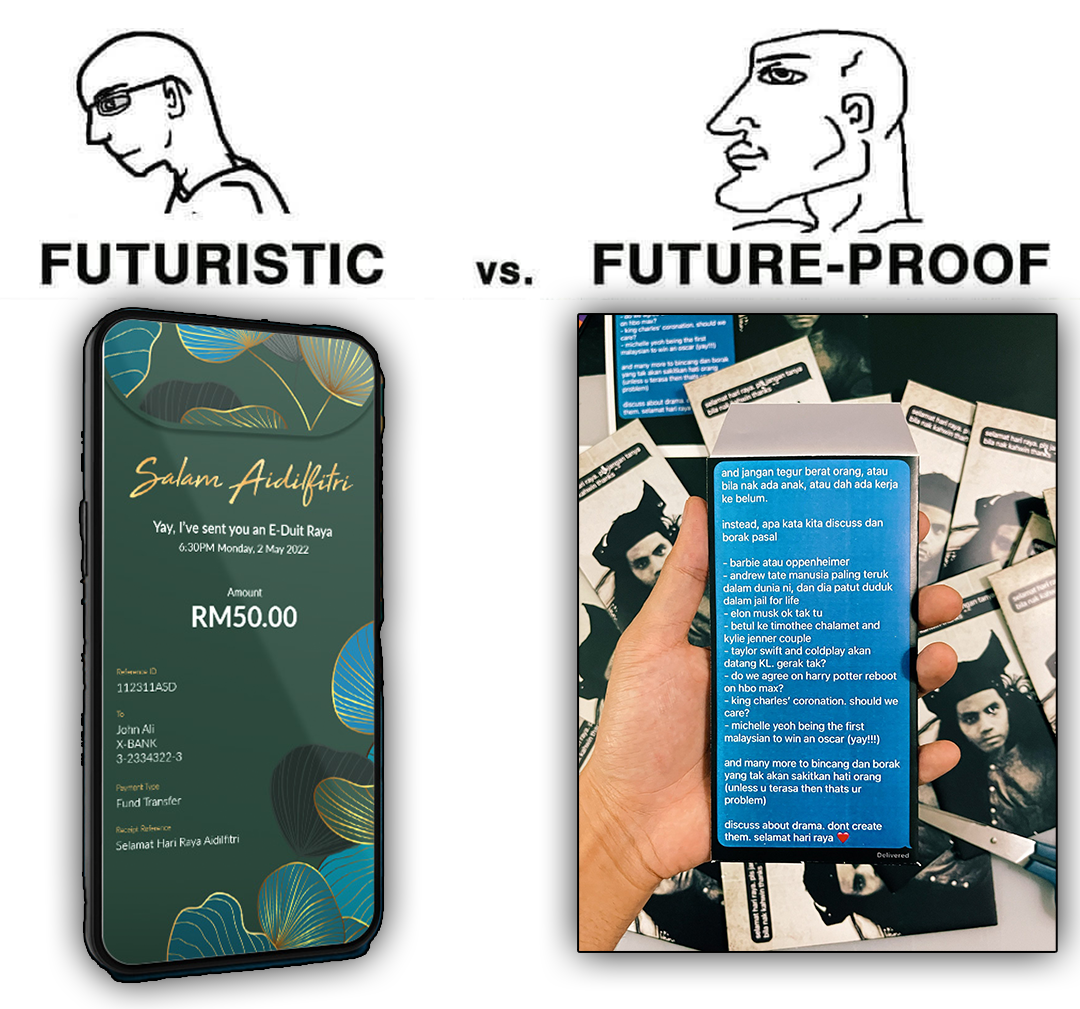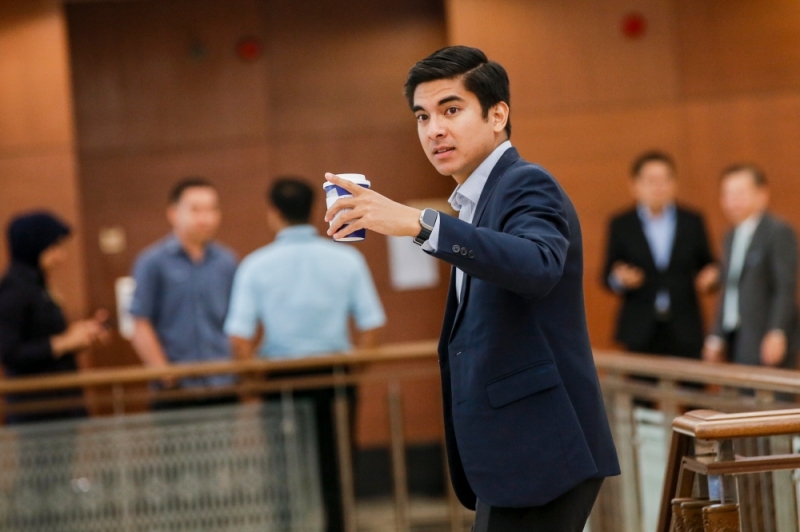Specify maximum time
frame to declare assets, Dr
M’s sons tell MACC
Mokhzani and Mirzan say some documents requested are ‘nearly impossible to obtain as they no longer exist’.
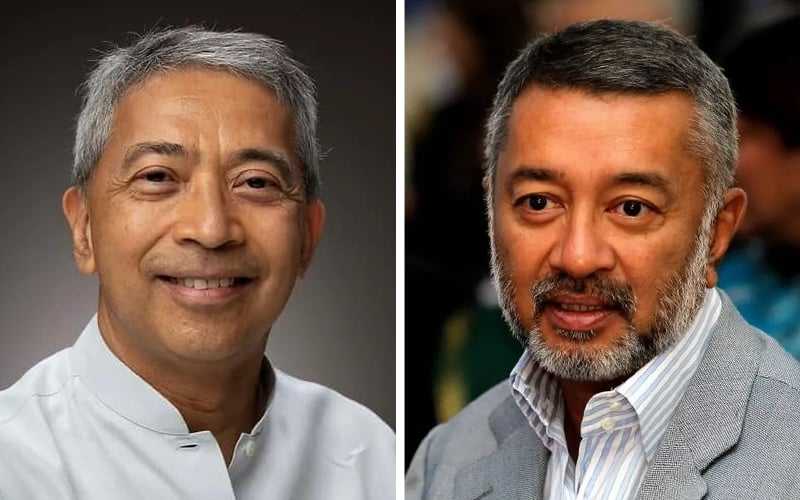
PETALING JAYA: Dr Mahathir Mohamad’s two oldest sons have urged the Malaysian Anti-Corruption Commission to specify the maximum time frame of its investigation into their father, saying that some old documents sought “are no longer in existence”.
Mokhzani and elder brother Mirzan were ordered by MACC in January to declare their assets dating back to 1981, the year Mahathir became prime minister.
The brothers have received two extensions of the original February deadlines for compliance.
“Considering that we are required to declare assets acquired over a 43-year period and due to the lack of records during that time, it would greatly assist us if MACC could specify the most crucial time frame for their investigation,” they said in a statement today.
They denied claims that they required a longer time to comply with the order because of their “excessive wealth”.
“This is completely untrue. In fact, most documents are no longer available, especially those from financial institutions and the public sector,” they said.
They pointed out that the Inland Revenue Board only required taxpayers to retain sufficient records for a period of seven years, as did the Companies Commission of Malaysia.
“Nevertheless, we are making every effort to gather these documents, but some are nearly impossible to obtain as they no longer exist,” they said.
On Thursday, MACC chief Azam Baki confirmed that Mahathir was under investigation.
He said Mahathir’s two sons had also been served a notice to declare their assets within the period stipulated in the notice, under Section 36 of the MACC Act 2009.
The orders are part of investigations into offshore business records revealed by a journalism consortium, MACC said at the time, without mentioning that the main target was Mahathir.
However, the brothers were reported by Bloomberg as saying that Mahathir was the agency’s “primary suspect” in its probe.

